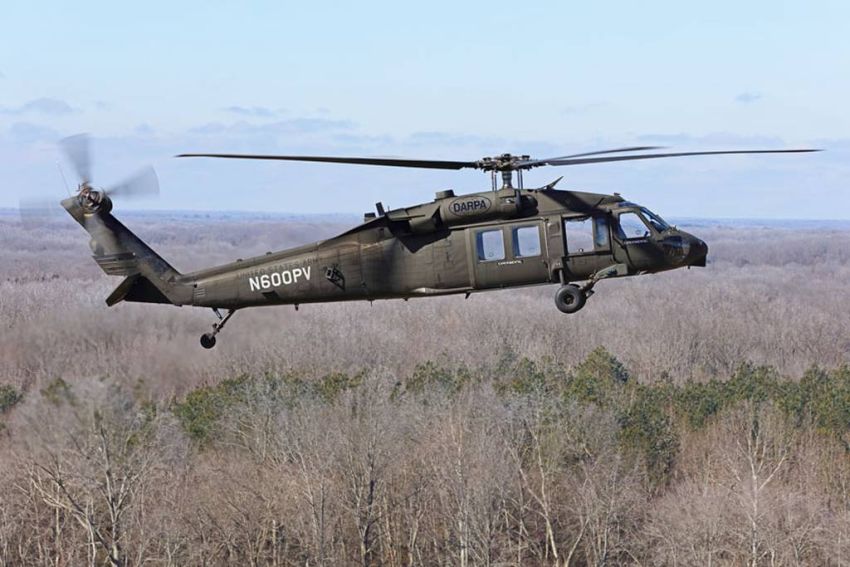
The Labor government’s review of Australia’s defence capability, to be finalised next March, is likely to continue the same big spending on offensive weapons and make the Asia-Pacific an increasingly dangerous place.
We are told the Defence Strategic Review is needed “to meet the nation’s security challenges” over 2023–33 because “the world is undergoing significant strategic realignment” and Canberra needs to “better understand” where it should “prioritise investment”.
Part of the review’s purpose is to ensure the Australian Defence Force (ADF) will be ready for “state-on-state conflict”. The other is to ensure there will not be a “capability” gap.
Both these aims point to the federal Labor government gearing up to make a greater contribution to the United States-led war drive against China.
The ADF is set to buy 40 Black Hawk helicopters from the US at a cost of $2.8 billion. It is a win for war profiteer and weapons giant Lockheed Martin (which has had to lower its yearly targets due to pandemic supply chain issues).
Just before the helicopter announcement, Brendan Nicholson from the conservative Australian Strategic Policy Institute (ASPI) enthusiastically reported on a media conference with US Air Force Secretary Frank Kendall and Royal Australian Air Force chief Air Marshal Robert Chipman.
While once US policy did not provide Australia with either nuclear-powered submarines or nuclear capable aircraft, Nicholson wrote in ASPI's Strategist on August 23 that Kendall said the US would consider providing Australia with B-21 Raider long-range bombers “if Canberra requested them”.
The Northrop Grumman B-21 Raider, currently being developed in the US, is an advanced, very long-range, large, heavy-payload stealth intercontinental strategic bomber, which will be able to deliver conventional and thermonuclear weapons.
Kendall, who is responsible for organising, training and equipping US air and space forces, also said he was talking to Australia about cooperating on unmanned aircraft, including Boeing Australia’s MQ-28 Ghost Bat — a stealth, multi-role, unmanned aerial vehicle, being developed by Boeing Australia for the RAAF. It flies alongside manned aircraft to support and perform autonomous missions using artificial intelligence.
“There are a lot of options on the table right now”, Kendall said, adding, “I think there’s a lot of mutual interest in working together and we’re going to be sorting out the details over the next few weeks and months.”
Chipman said the defence review would make Australia’s weapon purchases clearer, adding that the AUKUS security treaty allows the two countries to “collaboratively develop and research and engineer new technologies so that we can stay abreast and competitive”.
He said: “While we might work with the US on B-21, that’s a small part of an overall strike capability that we would need in Australia.”
Apart from Kendall, who also visited Japan and US forces in Hawaii, Guam and Alaska, there has been a flurry of top-level military visits to the region in recent months.
For Kendall, the “integrated strategic capability” will assist the US and its partners “to keep peace and stability in the region”.
Asked about the RAAF’s role, Kendall responded that the US and its allies are concerned about China in the region. Echoing this, the Strategist asserted that China has militarised the South China Sea, airbrushing out former US President Barrack Obama’s “pivot to Asia” that set the arms build-up in motion.
While the press conference only received a small amount of media coverage in Australia, it was widely reported in China.
Song Zhongping, a leading Chinese military commentator, was reported in the Global Times saying that if Australia obtains the B-21, it would essentially become an overseas bomber base of the US.
Zhongping said as long as China modernises its military according to its schedule, “such threats can be dealt with”.
Other military analysts told the Global Times that China could enhance its anti-stealth and air defence capabilities including with missiles that could reach Australian bomber bases. They also said China may get its own strategic stealth bomber.